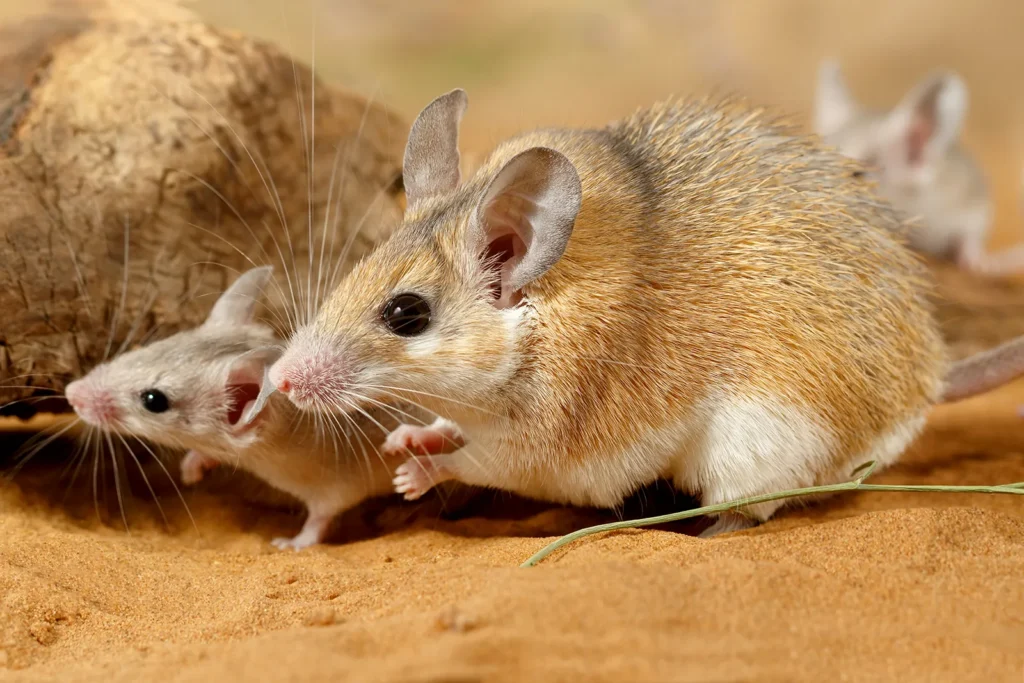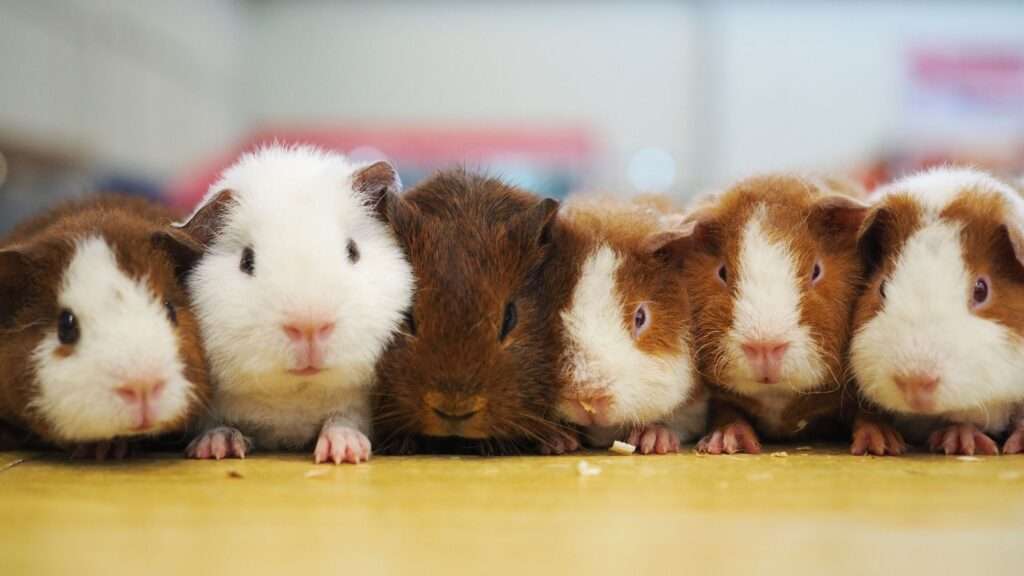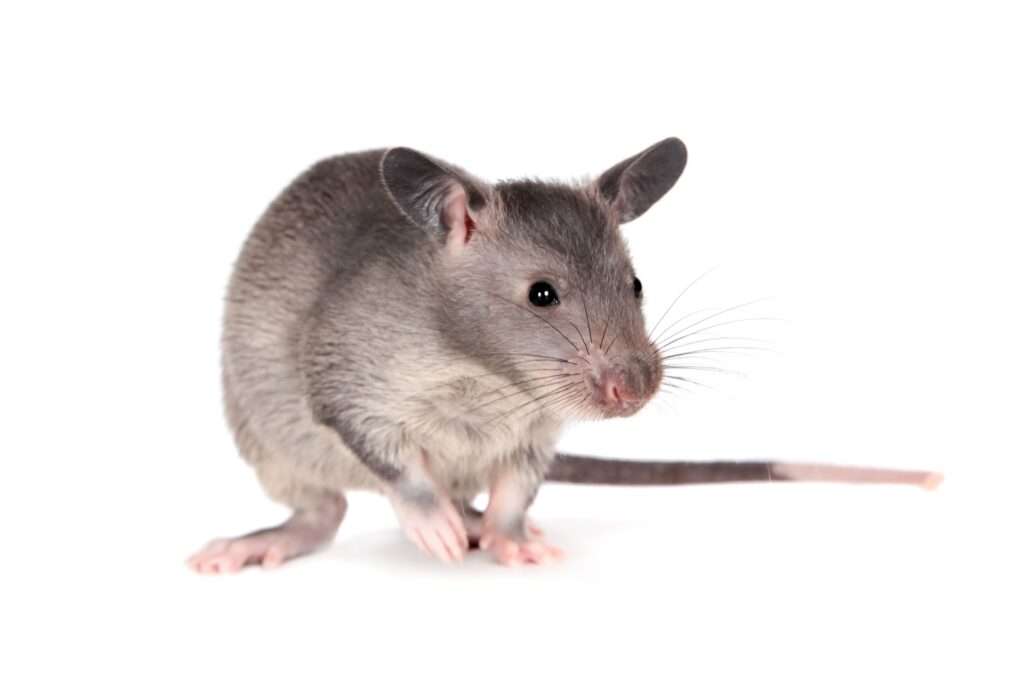
Description
Scientific name: Acomys cahirinus
Life span: Up to 5 years
The spiny mouse is 6- 10 inches in length. It has a tail that is half that of its length. A mature animal typically weighs between 2- 3 ounces. Their ears are big, upright, and extremely flexible, and the nose is quite pointed. The name comes from the coarse inflexible notched spines that cover the rear and end of its tail. Their tail is fragile, virtually bare, and covered with scales. The majority of them observed in captivity have white or lighter underparts and are a shade of yellow-beige. Although certain subspecies of animals stay gray all their lives, baby animals are gray before they go through their mature molt.
Native Region/Habitat
They are native to Africa and its Sahara deserts. They inhabit hot deserts and dry and rocky areas.
As Pet

Behavior/Temperament
The spiny mice are not very aggressive mammals. It extends its spiky bristles outwards when threatened or startled to seem bigger to a predator. They can live in extremely dry environments with specific physiological and behavioral adaptations. An omnivorous diet satisfies the body’s water needs, allowing for a cooling effect during the daytime. They have low metabolism and also reduces their requirement for food and reduces inner heat generation, favoring daytime activity.
Care/Grooming
Spiny mice live in deserts so due to their dry habitat, spiny mice must be kept at a temperature of roughly 27- 30 °C, where they may flourish in the heat. Due to their high levels of sociality, it is best to keep these animals in groups whenever feasible. Due to their propensity towards obesity, spiny mice require a lot of room and enriching environments to promote activity. These creatures resemble other pet rodents except spiny mice have more delicate tails. In order to prevent a severe injury, it should never be taken up with its tail and must always be handled gently.
Table





